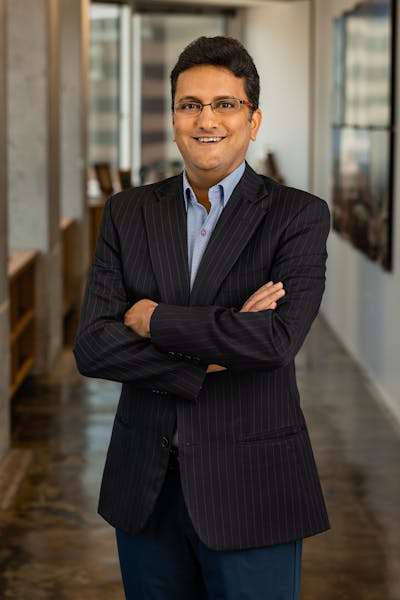
This article was originally published in the Q2 2022 issue of PanStadia & Arena Management.
Overview
Walter P Moore’s National Sports Market Leader Bart Miller and Madico’s Senior Director of Specialty Films, Steve Sorrentino, discuss what’s next in the evolution of roofing and facade materials in sports venue design.
In response to a growing demand for lightweight, transparent roofing and façade materials in stadium design, Madico, one of the world’s leading manufacturers of laminating and coating solutions has collaborated with Walter P Moore, one of the world’s premier long-span and stadium structural and enclosure engineers, to introduce ViewScape™, an innovative new enclosure material that has recently become available. ViewScape was developed specifically to address current and emerging trends in stadium design. Compared to conventional foil materials commonly used today, ViewScape offers superior clarity, improved mechanical strength, and enhanced solar performance.
What are the current trends or most frequent requests in stadium and arena design with respect to long-span roof and facade design?
Bart Miller: Many major stadiums today are being envisioned as multi-purpose, able to host a wide variety of events in a comfortable, often climate-controlled environment, while also providing an authentic, open-air game day experience with ample natural light and panoramic views of the venue surroundings.
The trend in stadium design to achieve each of those seemingly confl icting goals is to incorporate lightweight, transparent, or translucent materials for long-span roofs and façades. Consistently across the National Football League, Major League Baseball, and Major League Soccer, transparent and translucent foil membranes are becoming the material of choice for designers.
What materials are currently available for application?
Bart Miller: Ethylene tetrafluoroethylene (ETFE) is commonly considered for nearly all new stadium designs. ETFE roof and facade applications can create that outdoor atmosphere in protected and temperature-controlled space, and in many cases—especially for long-span roofs—allow for lighter, less expensive, and often more elegant structures.
Unfortunately, conventional ETFE also has some significant limitations, including minimal mechanical strength, which limits its capacity to support environmental loads due to snow, high winds, and ponding water. ETFE also has poor intrinsic thermal properties which creates a need for multiple layers, inflated “cushion” assemblies and heavy frit patterns that compromise clarity. It has become very difficult—almost impossible—to give designers everything they want with materials currently available on the market.


